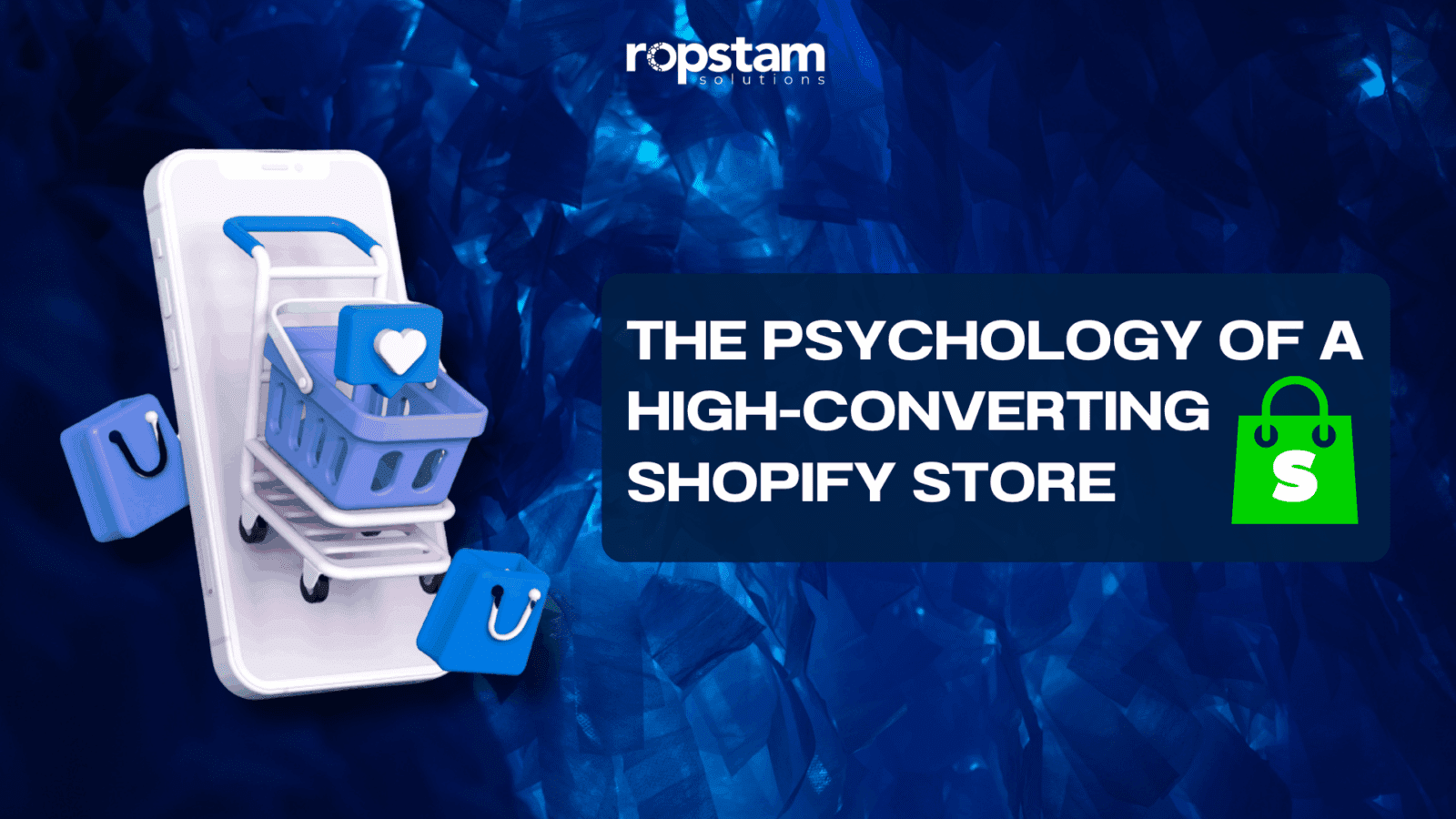In a digital-first world, where users are bombarded with countless options and interactions, the significance of UI/UX (User Interface and User Experience) design has transcended mere visual appeal. It has evolved into a strategic tool that subtly guides user behavior, drives decisions, and ultimately determines the success or failure of digital products. Whether it’s a mobile app, an e-commerce platform, or a SaaS tool, the way users perceive, interact with, and navigate a digital interface profoundly influences their choices.
Today’s users expect intuitive, seamless, and emotionally engaging experiences. Behind every tap, scroll, or click lies a complex web of psychological triggers and cognitive responses. This blog examines the intricate ways in which UI/UX design influences user decisions, not just through aesthetics, but also through a deep understanding of the human brain, emotional resonance, behavioral patterns, and strategic interaction design.
Why UI/UX matters beyond aesthetics
It’s a common misconception that UI/UX is all about creating something “pretty.” In reality, effective UI/UX goes far beyond surface-level visuals. While visual appeal plays a role in initially attracting users, it is the functionality, flow, responsiveness, and intuitiveness of the interface that keep users engaged and encourage them to take action.
UI/UX serves as the translator between technology and the user. A well-designed interface simplifies complex functionalities, makes navigation effortless, and communicates value instantly. It reduces the mental effort required to interact with the system, influencing whether users abandon a task midway or proceed to conversion.
Digital products that overlook thoughtful UX design often experience high bounce rates, low user retention, and poor engagement, not because of inadequate functionality, but because users find them cognitively demanding, emotionally unappealing, or frustratingly confusing.
Cognitive Load and the Digital Brain
Every time a user interacts with a digital product, their brain processes large amounts of information. If the cognitive load — the mental effort needed to operate a system — is too high, users are likely to abandon the experience. This is where UX design plays a crucial role.
Minimizing cognitive load involves presenting information in digestible chunks, organizing content logically, and removing unnecessary elements that distract or confuse the reader. Techniques such as progressive disclosure, content chunking, and visual hierarchy help reduce mental strain and guide users smoothly through the interface.
The digital brain favors clarity, simplicity, and predictability. Design decisions should reflect the cognitive patterns of users, ensuring that every interaction feels natural and demands minimal effort to understand or complete.
The Subtle Art of Persuasion in UI
UI design holds persuasive power. Colors, typography, button placements, animations, and micro-interactions can nudge users toward specific actions. These persuasive design techniques are grounded in behavioral psychology, particularly in principles such as Fogg’s Behavior Model and Cialdini’s principles of persuasion.
For instance, using urgency cues like countdown timers or limited stock messages can increase conversions. Highlighting social proof through testimonials, ratings, or user counts builds trust and encourages adoption. Even subtle animations that give feedback on actions (like a checkmark after form submission) reinforce user confidence and encourage continued interaction.
Persuasive UI doesn’t manipulate — it informs, reassures, and gently directs. It fosters a sense of trust and authority, which is crucial for influencing user decisions.
Mapping the User Journey to Decision Points
Every digital interaction can be mapped into a user journey — a series of steps that lead a user from awareness to action. Understanding and designing for this journey is central to effective UX.
At each touchpoint, users encounter moments of decision: Should I sign up? Is this product trustworthy? Can I find what I need quickly? UX designers must anticipate these decision points and provide the right contextual cues to encourage positive actions.
For example, onboarding flows are not just about information delivery — they are carefully crafted experiences that reduce friction, answer unspoken questions, and align user expectations with product capabilities. Similarly, checkout flows in e-commerce are designed to eliminate doubts and reduce cart abandonment by removing unnecessary steps and reinforcing trust.
Understanding Friction vs. Flow
Friction in digital design refers to any element or interaction that hinders a smooth user experience. While some friction can be intentional (like asking for email verification to prevent spam), unnecessary friction disrupts the user’s flow and leads to drop-offs.
UX design aims to optimize flow — the state where users are deeply engaged and navigate the interface effortlessly. Achieving flow requires a deep understanding of user behaviors, preferences, and pain points. This includes minimizing clicks to accomplish tasks, ensuring fast load times, and providing clear pathways for user goals.
Flow-centric design encourages more extended engagement, higher task completion rates, and increased user satisfaction. In contrast, high-friction experiences often lead to frustration and abandonment.
Emotion-Driven Design
Humans are emotional beings, and digital experiences are no exception. Emotion-driven design leverages visual language, tone of voice, and interactive feedback to evoke feelings that resonate with users.
Colors play a vital role — blues can instill calm and trust, reds may invoke urgency or excitement, while greens often represent success or safety. Typography, imagery, and layout also contribute to emotional tone.
Moreover, personalized interactions — such as greeting a user by name, recommending relevant content, or celebrating milestones — add a layer of emotional connection. When users feel understood and valued, their likelihood of engaging and converting increases dramatically.
Designing for emotion is not about manipulation — it’s about empathy. It involves understanding user needs, fears, desires, and motivations, and designing interfaces that respond authentically to these needs.
Visual Cues That Drive Confidence
Visual design is a powerful communicator. Through layout, icons, spacing, and contrast, users receive silent but persuasive cues about the trustworthiness and usability of a product.
For instance, the consistent use of color and typography helps build brand recognition and credibility. Ample white space makes content more readable and less overwhelming. A visual hierarchy ensures that the most essential elements, such as calls to action, stand out clearly and effectively.
Icons and graphics, when used meaningfully, enhance comprehension and reduce reliance on text. Visual cues also play a role in accessibility, ensuring that users of all abilities can navigate confidently and make informed decisions.
Interface Honesty and User Perception
Users are quick to spot inconsistencies or deceptive practices. Interface honesty refers to a design that reflects the proper functionality, intent, and consequences of user actions. Misleading buttons, hidden fees, or unclear privacy policies erode trust and damage brand credibility.
Honest UI/UX builds long-term user relationships. This includes transparent messaging, accurate representations of features, and straightforward navigation. When users feel that a digital product respects their time and intelligence, they are more likely to return and recommend it.
Trust signals — such as SSL certificates, customer reviews, and transparent pricing — reinforce this honesty. Consistency in design and messaging across platforms also helps maintain user trust.
Familiarity vs. Novelty
UX designers constantly walk the line between familiarity and novelty. Familiar elements — like a hamburger menu or a shopping cart icon — leverage existing mental models, reducing the learning curve and speeding up decision-making.
However, too much familiarity can result in bland, forgettable experiences. Introducing novelty in subtle ways — such as delightful micro-interactions, creative transitions, or unique visual themes — can captivate users and differentiate a product.
The key is to introduce novelty without disrupting usability. It should enhance, not complicate, the experience. Striking the right balance ensures that users feel both comfortable and intrigued, thereby increasing both engagement and retention.
UX Metrics that Reveal Decision Patterns
Quantifying how users interact with digital products is essential to refining UX strategies. Key metrics, such as bounce rate, task completion rate, time on task, and conversion rate, offer valuable insights into user behavior and decision-making.
For example, a high bounce rate might indicate that users aren’t finding what they need quickly enough. Low task completion rates can suggest friction points or confusing flows. Analyzing these metrics enables iterative design improvements based on real-world user data rather than assumptions.
These insights, when combined with qualitative data (like user interviews or feedback), provide a comprehensive understanding of what drives or hinders user decisions.
Heatmaps, Session Recordings, and Scroll Depth
To gain a deeper understanding of user behavior, designers and product teams rely on tools such as heatmaps, session recordings, and scroll depth analytics. These tools visually represent how users engage with a digital interface — where they click, how far they scroll, what they ignore, and where they hesitate.
Heatmaps show the most frequently interacted areas, helping prioritize content placement and call-to-action positioning. Session recordings provide granular insight into user hesitation or frustration. Scroll depth reveals whether users are engaging with long-form content or dropping off early.
These behavioral analytics are invaluable in optimizing interfaces to guide users smoothly toward desired actions, minimizing guesswork in UX design decisions.
A/B Testing with a Psychological Lens
A/B testing is a fundamental technique in user experience (UX) optimization. However, its true power emerges when combined with psychological insight. Instead of randomly testing button colors or headlines, psychologically informed A/B testing examines how subtle changes influence perception, trust, and action.
For example, testing different wordings of CTAs — one emphasizing value (“Get My Free Guide”) vs. one emphasizing urgency (“Download Now”) — can reveal what emotional triggers resonate more with your audience. Layout changes can be tested for their impact on perceived complexity or clarity.
Over time, these tests uncover not only what works but also why it works, creating a design ecosystem grounded in both data and human psychology.
Conclusion
In the realm of digital products, UI/UX is far more than a cosmetic consideration — it’s a core strategic asset that shapes user decisions, builds trust, and drives long-term engagement. From reducing cognitive load and enhancing emotional resonance to guiding users through persuasive visual storytelling, every design choice plays a role in influencing behavior.
Understanding the psychological and behavioral dimensions of UX design enables creators to craft experiences that are not only visually appealing but also purposeful, effective, and deeply human. As users continue to demand smarter, faster, and more intuitive digital experiences, investing in thoughtful UI/UX design will remain a critical differentiator for product success.













